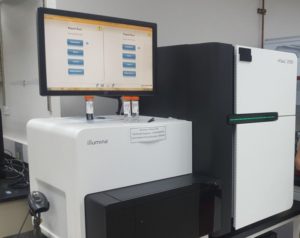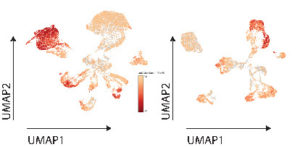Welcome to the Walsh Lab and the Mount Sinai Center for RNA Biology and Medicine


Studies performed in the Walsh Lab are cancer-related through our focus on cellular senescence and the role transcriptional and chromatin regulators play in executing senescence versus oncogenic phenotypes, the laboratory remains committed to investigating how the gene responsible for cystic fibrosis is organized in the nucleus to give rise to highly specialized cell-type CFTR expression. Moreover, research on RNA covalent modification pathways leading to the control of self-renewal and pluripotency in embryonic and cancer stem cell programming is of continued interest. The lab has been engaged in understanding the role of long intervening non-coding RNAs (lincRNAs) and non-coding RNAs (ncRNAs) in the nuclear distribution of transcriptional and chromatin-bound complexes at the molecular level in the progression toward malignant cell growth, as reported by the laboratory. This has served as a foundation to examine the role of how non-coding RNAs instruct cellular fate and cell determination in growth or arrest. Moreover, developed multiple computational approaches to elucidate the underlying networks that predict cancer outcomes from existing public genomic datasets. Recent aspects test the role of ncRNAs as scaffolds that populate enhancers directing a key function of the PPAR𝛾 transcriptional co-activator, PGC1𝛂. This study has positioned our lab to explore the intersection between human physical activity and gene transcriptional factors that converge at the systems level through a recently funded NIH MoTrPAC Common Fund program (motrpac.org) as a method to build a comprehensive map of the molecular transducer responsible for the health benefits of physical activity (Cell, 2020) as Dr. Walsh serves as the Co-Director for the Physical Activity Genomics, Epigenomics and Transcriptomics site through this award. Emphasis is placed to leverage the use of single-cell sequencing technologies as well as to understand the basic principles that guide long-range enhancer function utilizing innovative bulk and single-cell sequencing approaches of ATAC, chromosome conformation capture (3C), Hi-C, ChIA-PET, and 3C-ChIP combined with our capacity to develop computational pipelines for next-generation sequencing data and use of Bayesian models for gene expression.
